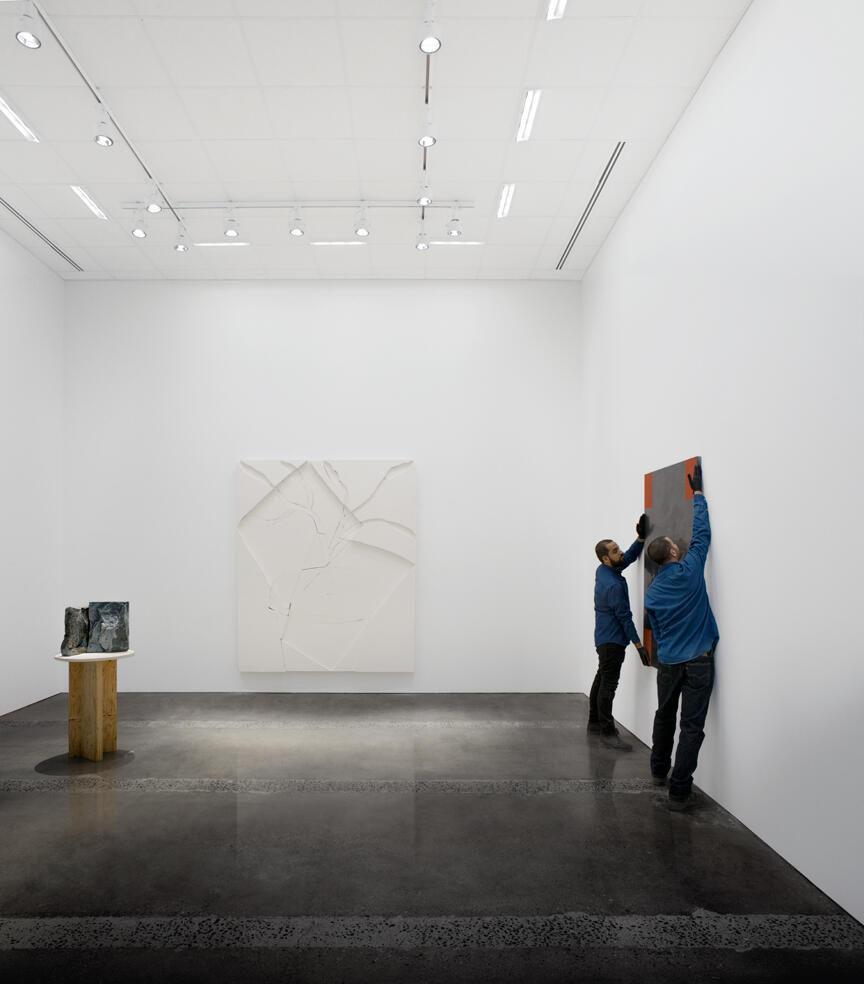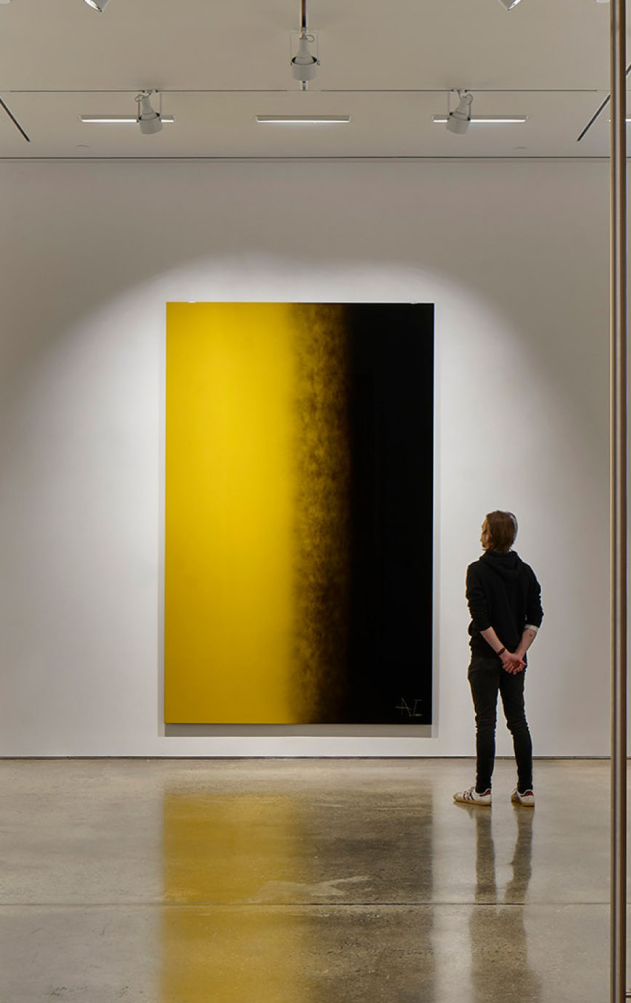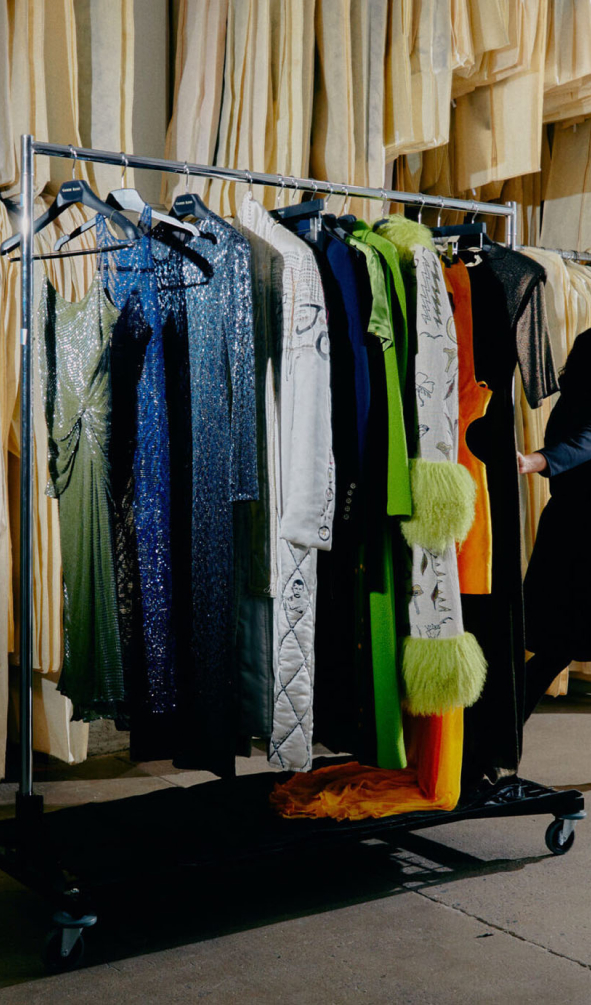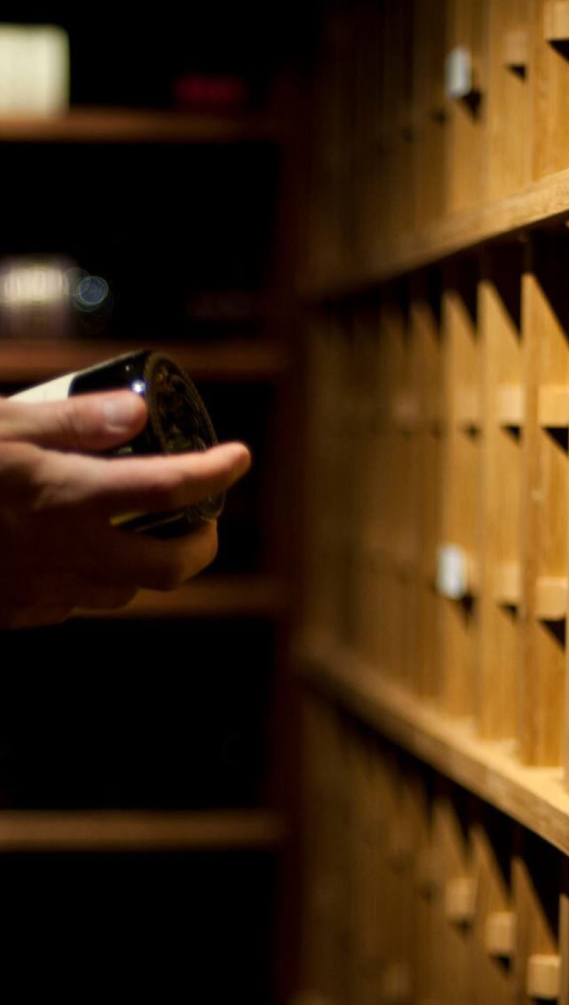
Straits Research projects that the global art market will reach $585.98 billion in 2025 and $944.59 billion by 2033. This surge in art sales represents a compound annual growth rate (CAGR) of 6.15% during the forecast period from 2025 to 2032.
Unfortunately, many collectors make storage mistakes that can damage their valuable art pieces. Learning about these common errors and how to prevent them is key for anyone who wants to invest in art collections.
In this quick guide, we discuss seven common art storage mistakes and how UOVO fine art services help avoid them.
Mistake #1: Poor Climate Control
Temperature and humidity changes are the biggest threat to artwork. Even small fluctuations can cause materials to expand and contract at different rates, causing damage over time.
Many storage facilities can’t maintain the right conditions for different types of art. This leads to serious problems like:
- Canvas stretching and shrinking
- Paint layers peeling off
- Permanent structural damage
Art preservation techniques require steady temperatures between 68 and 72°F and humidity levels of 50-55%. To ensure optimal climate conditions for artwork storage, top facilities use advanced systems with backup controls, 24/7 monitoring, and automatic adjustments.
These systems help prevent microclimate changes that cause artwork cracking, warping, or rust damage. The best facilities also use zone-based climate control, which means different areas can have specific conditions for different types of art.
This approach recognizes that photography, textiles, and mixed-media works each need slightly different environments for the best preservation.
Mistake #2: Weak Security Systems
Art theft and break-ins still happen at poorly secured storage facilities. Many operations only use basic alarms and limited cameras, leaving expensive collections open to theft from outsiders and staff.
Strong security includes multiple protection layers:
- Fingerprint door locks
- 24/7 video cameras with motion sensors
- Live monitoring systems
- Detailed visitor logs and strict access rules
- Trained security staff who know art handling
The best secure art storage solutions combine high-tech systems with human monitoring. Every movement gets tracked and recorded. This includes:
- Heat sensors that spot unauthorized people
- Automatic alerts for any problems
- Backup power to keep security running during outages
These advanced security measures create a fortress-like environment where your art stays protected around the clock. Professional facilities understand that security extends beyond preventing theft.
It’s about creating complete peace of mind for collectors who trust them with irreplaceable pieces.
Mistake #3: Improper Handling and Transportation
Artwork often gets damaged during handling and transport. This happens when storage facilities don’t have trained staff or proper equipment. Improper lifting methods, cheap packing materials, and rushed schedules cause scratches, dents, and structural damage.
Professional art handlers get extensive training for different art types. They use specially built transport equipment like:
- Climate-controlled trucks
- Vibration-reducing systems
- Custom mounting gear for different artwork sizes and weights
The handling process starts with detailed condition reports and photos. These help to document any existing problems before storage.
Professional facilities also carry full insurance and use strict movement protocols. This includes multiple-person checks and detailed tracking documents for protecting valuable art.
Mistake #4: Poor Record Keeping
Many collectors and storage facilities don’t keep good records of stored artwork. This creates confusion about location, condition, and history. Poor records complicate insurance claims, estate planning, and collection management.
Professional inventory systems use digital catalogs with key features:
- High-quality photos and detailed condition reports
- Searchable databases with purchase history
- Conservation treatment records
- Exhibition loan tracking
- Real-time location updates
Advanced facilities give collectors secure online access to their inventory. This lets them see collection details, condition reports, and storage history in real time.
This transparency helps them make smart decisions about conservation needs, insurance coverage, and collection growth strategies.
Mistake #5: Inadequate Insurance and Risk Planning
Storage facilities that don’t provide adequate insurance coverage or conduct risk assessments expose collectors to big financial losses. Many offer minimal coverage that doesn’t reflect current art values or specific artwork needs.
Professional fine art services include full insurance coverage for the complete replacement value of stored works. This coverage goes beyond basic property insurance to include specialized art insurance for:
- Market value increases
- Restoration costs
- Ownership history issues
Risk assessment looks at potential threats from natural disasters to facility-specific problems. These assessments help with emergency planning, conservation priorities, and insurance adjustments for complete protection.
Mistake #6: Bad Facility Design
Storage facilities with poor design hurt both access and preservation. Common problems include:
- Low ceilings that don’t fit large works
- Poor lighting that makes inspection hard
- Storage systems that require too much handling to reach pieces
Professional storage design focuses on both preservation and easy access through key features:
- Wide hallways for safe artwork movement
- Adjustable storage systems for various sizes
- Special lighting that provides good visibility without UV damage
- Flexible storage that adapts to changing collection needs
The best facilities use flexible storage solutions that adapt to changing collection needs. This includes modular shelving, adjustable climate zones, and expansion options that allow collection growth without moving.
Mistake #7: Skipping Regular Maintenance
Many storage facilities don’t follow regular maintenance schedules and monitoring protocols. This allows small problems to exacerbate over time. Poor maintenance can cause equipment failures, climate control breakdowns, and gradual artwork deterioration.
Professional art storage best practices include:
- Regular facility inspections
- Scheduled maintenance for all climate control systems
- Preventive conservation protocols
These programs help identify potential problems before they affect stored collections and ensure continuous optimal storage conditions.
Monitoring systems track climate conditions, security status, and equipment performance. Any problems trigger immediate alerts and automatic fixes. This prevents minor issues from building up and compromising collection safety.
Leverage Professional Fine Art Services for Collection Protection
Protecting valuable art requires a comprehensive approach to proper storage. This covers climate control, security, handling, documentation, insurance, facility design, and ongoing maintenance. Collectors who invest in specialized fine art services ensure their collections stay safe, accessible, and preserved for future generations.
UOVO offers comprehensive solutions for every aspect of art collection management. Our state-of-the-art facilities and expert team provide the peace of mind that comes from knowing your valuable artwork gets the professional care it deserves.
Contact our team today to discover UOVO art storage benefits and learn more about how we can help streamline your collection management.




